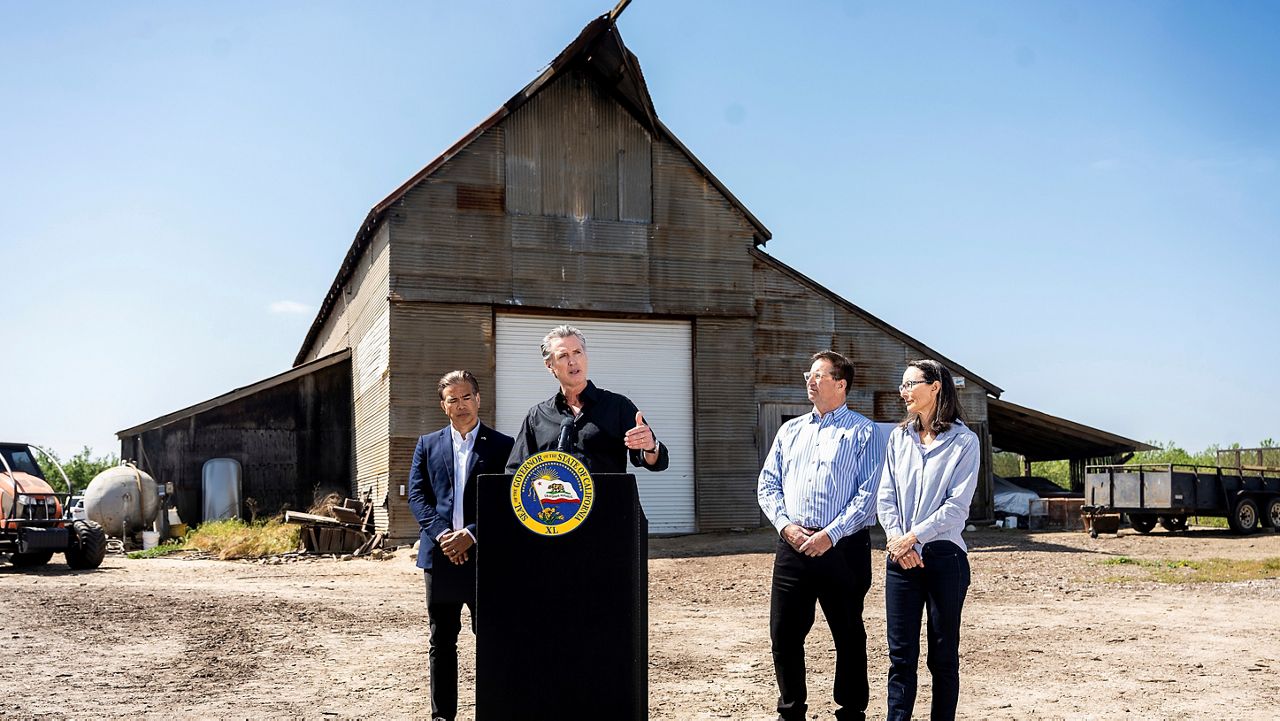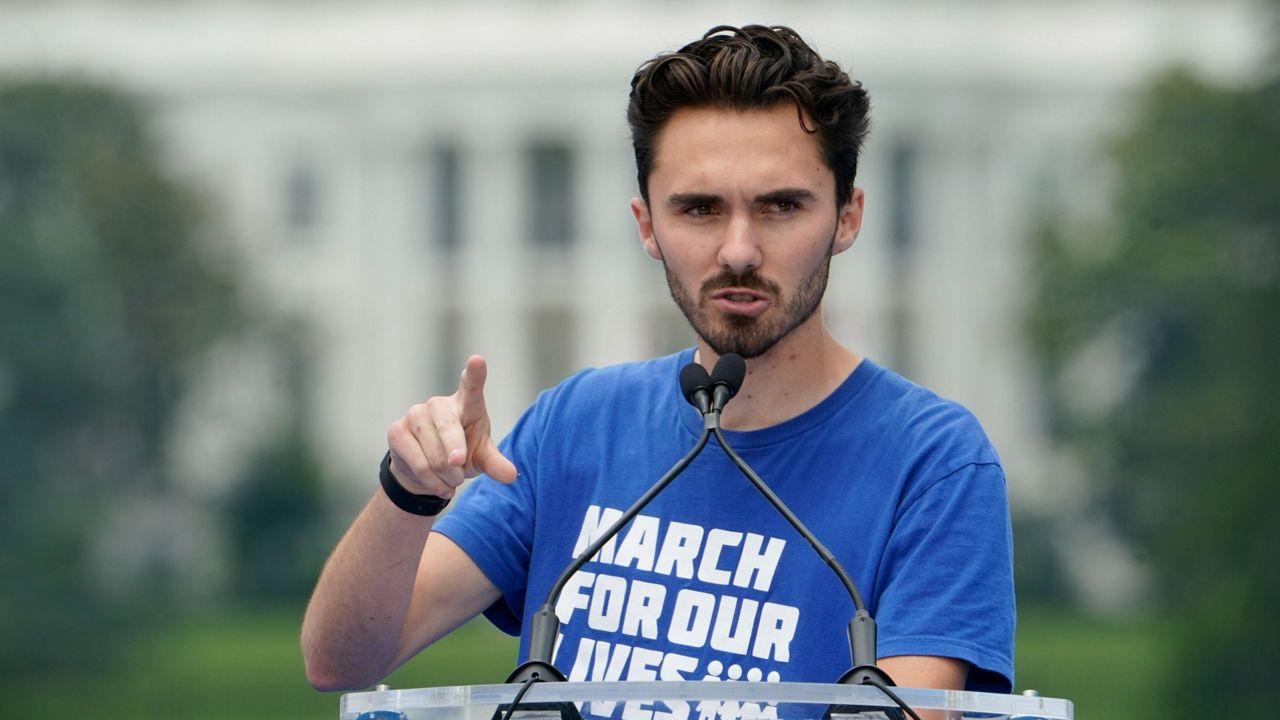SACRAMENTO, Calif. — Nicholas Docherty said ever since he fell on hard times a few years ago for a multitude of reasons, he’s so thankful he’s always able to depend on food from River City Food Bank in Sacramento.
“These guys are always very pleasant, and there’s always a long line,” Docherty said. “It’s a very patient line. The people here [River City Food Bank] take care of everybody in this part of the area. And from all worlds, all, all types of people. So, they got lots of vegetables, fruits.”
It’s a similar sentiment for 34-year-old Brandon who didn’t want to give his last name.
He said for several years he’s been unhoused and relied on the food bank.
“It’s pretty important. You know, it’s good, it’s nutritious, and, you know, healthy,” Brandon said.
River City Food Bank is one of 110 in the greater Sacramento area that gets a large amount of their food from the Sacramento Food Bank.
Kevin Buffalino is the communications director for the food bank and said since the pandemic they have doubled the number of people they support a month to 310,000.
So it was a blow, he said, when the USDA recently announced halting food bank purchase orders and millions of dollars in federal funding the food bank receives.
“We had about 11 truckloads of food canceled, about 400,000 pounds that we had already ordered from USDA,” Buffalino said.
330 truckloads have been halted from delivering food to food banks across the state, according to the California Association of Food Banks.
Buffalino said it wasn’t just food from the USDA that was cut.
“The other program that we’ve received cuts to is the LFPA program,” Buffalino said. “So, the Local Food Purchase Agreement program, through that program, we were given $2.3 million over two years to be able to purchase food from local farms, local food producers within a 400 mile radius of our facility here.”
He said this year’s funding from the LFPA has been sent, but starting next fiscal year, it won’t be available.
On top of that, he said, the $2 million a year they receive from the state CAL Food program is in a precarious position to.
“So for the past three years there have been investments by the state that brought that funding up to about an average of $60 million a year,” Buffalino said. “Unfortunately, on July 1st, if nothing changes in the governor’s budget proposal, it’ll go back down to $8 million. So we’ll be closer to $250,000, where we were over $2 million.”
Buffalino said they are working through what they will do to make up the funding cuts.
It’s something Docherty said he hopes there is a solution to, to keep food banks going.
“Yeah, this place, it’s magic,” Docherty said. “And it’s right across from the other building. You know, the food stamp place.”
Magic, he said, that is sorely needed in tough economic times.







